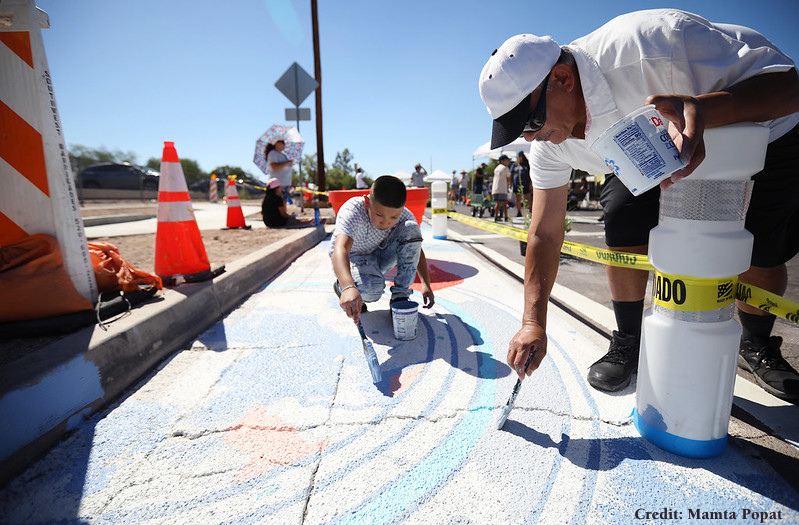JANUARY 2024 UPDATE
 On March 13, 2020, Living Streets Alliance (LSA)staff met with their partners at Pueblo Gardens Elementary to pick a date for a block painting party that would happen at the end of the year. That would end up being their last in-person meeting before the global COVID pandemic turned our world upside-down.
On March 13, 2020, Living Streets Alliance (LSA)staff met with their partners at Pueblo Gardens Elementary to pick a date for a block painting party that would happen at the end of the year. That would end up being their last in-person meeting before the global COVID pandemic turned our world upside-down.

